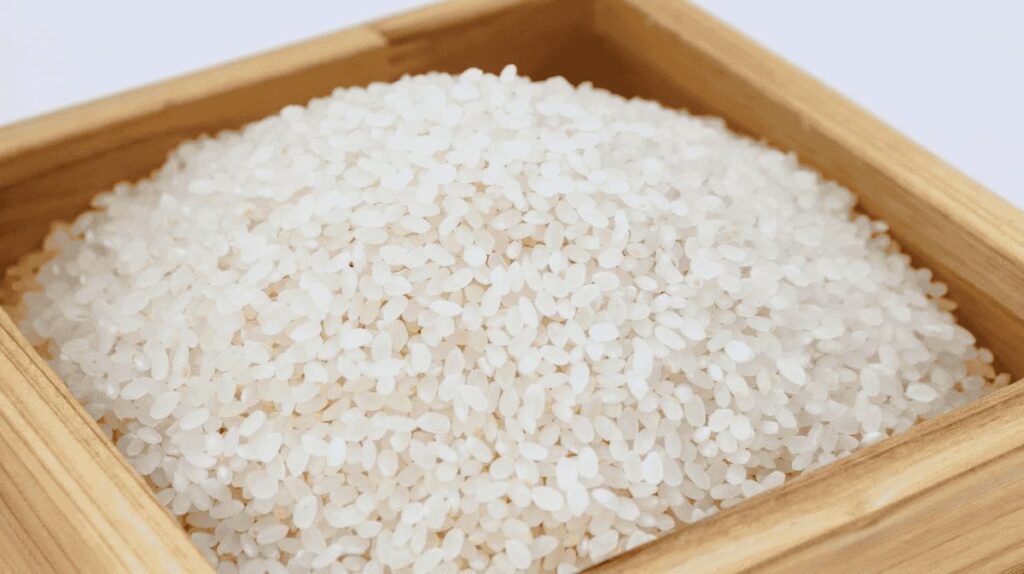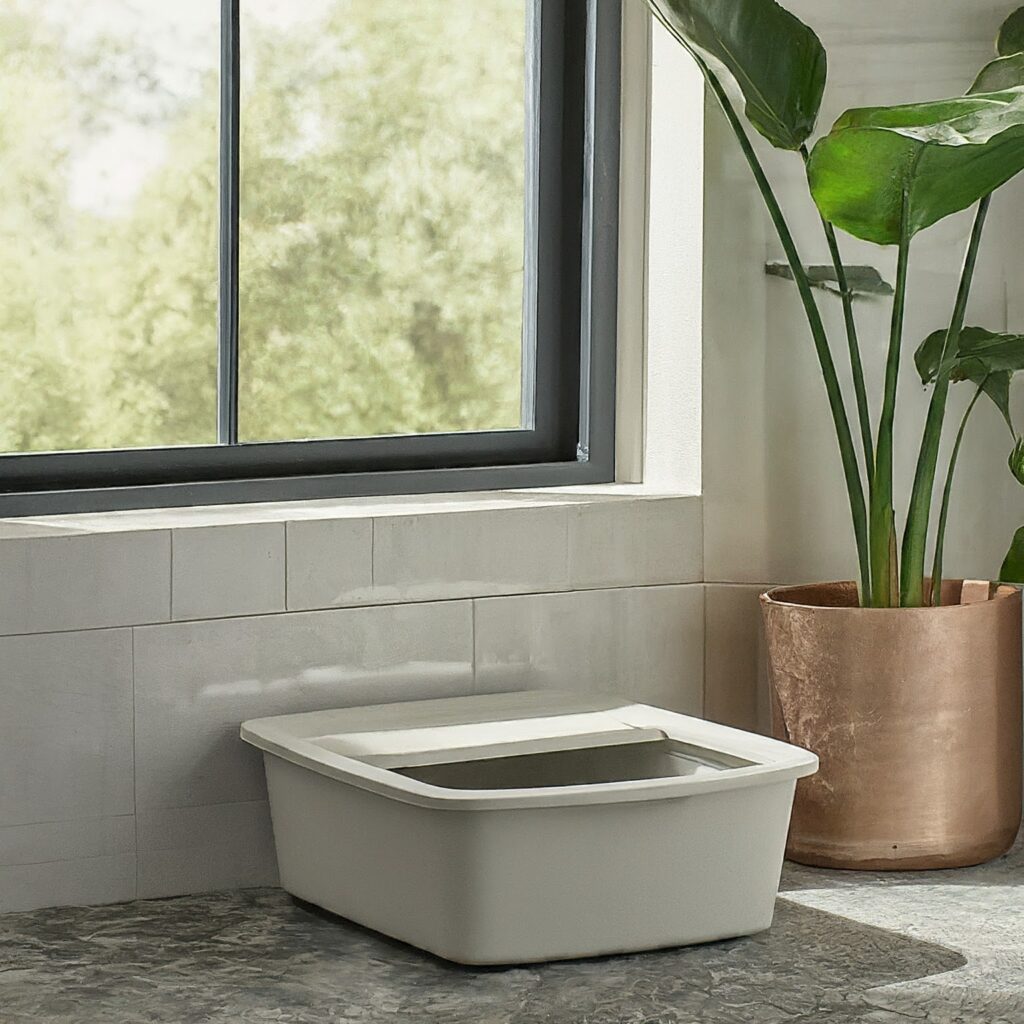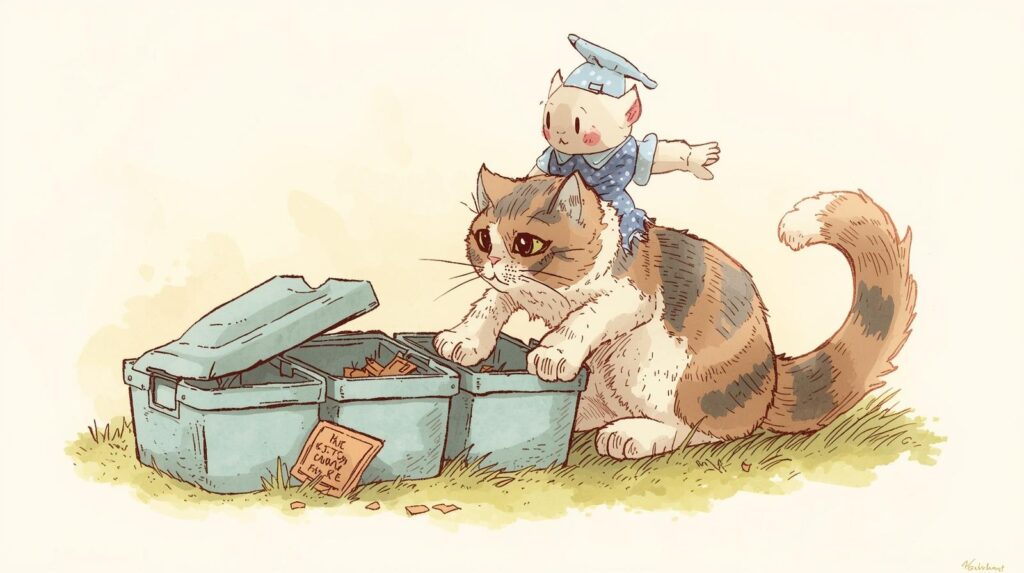Use rice as a cat litter if you’re a cat owner, you may have even found yourself wondering if a rice bowl or an everyday pantry staple like uncooked rice could double as a litter solution. While it might sound a little weird, the thought of using rice as a litter for your whiskered companion has gained some attention. The appeal is clear: it’s a natural, grainy, and decent substitute for traditional options like clay or silica. But does it really work long-term, or does it just turn into a mess? Let’s explore how this product could work for your pets.

Table of Contents
Quick Review of Using Rice as Litter
Using rice as a temporary litter can work in a pinch, but it’s not the best option for long-term use. While it absorbs urine and helps with smell, it doesn’t block odors as well as traditional litter. Plus, the grains can be messy and end up everywhere, especially if your cat digs around. Rice might also attract bugs and create more cleanup work than you expect. It’s a cheaper and temporary solution but not as suitable as standard litter in the long run.
If you’re in an emergency, rice could be a quick fix, but for a more familiar and reliable experience.
Rice as an Alternative Cat Litter
Sustainable and Eco-friendly: Rice serves as a natural, biodegradable alternative to traditional cat litter, reducing the environmental issue.
Cost-Effective: It provides an affordable solution for pet owners looking for a budget-friendly litter use.
Health Benefits: Rice is safe, non-toxic, and suitable for pets with respiratory concerns or health risk.
Maintenance Challenges: Rice doesn’t clump, making odor handling more difficult. Mostly changes are necessary for cleanliness. For cleaning purpose sometimes use vinegar in litter box cleaning that are helpful for making odor handling.
Sanitation Issues: If not maintained properly, rice litter can become smelly, leading to potential odor and the attraction of pests.
Increased Upkeep: Rice litter requires more effort to keep clean compared to commercial alternatives litters.
Use Rice as Cat Litter? Pros and Cons
| PROS | CONS |
Cost-effective and Affordable Rice is a budget-friendly alternative to traditional cat litter. Making it an ideal choice for pet owners looking for an economical solution to their cat’s litter needs. It’s generally cheaper and more accessible. Eco-friendly and Biodegradable Rice is a non-toxic, biodegradable, and environmentally conscious material. It naturally breaks down, reducing waste and helping to keep landfills from filling up with non-degradable materials. Absorbent and Odor-controlling Rice is the cheapest absorbent, soaking up liquids, particularly ammonia smell, and helping to keep the cat’s litter box dry. It also helps in neutralizing smells, providing a pleasant atmosphere. Health Benefits Rice cat litter is not harmful, making it a great choice for cats with respiratory sensitivities or health risks. It produces minimal dust, which is beneficial for both the cat’s lungs and the household environment. Easy to Clean and Maintain Rice litter is easy to dispose of, as it doesn’t stick together or clump, unlike traditional clumping litter. This makes the clean-up process quicker and less messy, saving time and effort for pet owners. | Odor Control Issues It doesn’t trap urine as quickly as clay litter, resulting in a pungent smell that lingers. Even with deodorizers or bio-enzyme treatments, rice might fail to fully control odors. Attraction of Insects and Pests Rice can attract pests such as insects if it’s not stored properly. The bacteria and moisture in wet rice create an ideal breeding ground for cat litter mold and fungal infections. This can lead to health risks. No Clumping Feature Unlike other types of litter, rice does not have the ability to clump. This makes the waste removal process less efficient, requiring more effort and maintenance to clean the litter box. Tracking and Mess Small grains of rice can easily track around the house, leading to more mess or may move cat litter box. As your cat uses the litter box, rice may stick to their paws, causing it to spread across the floors. This adds to your cleaning effort more. Costs Rice tends to lose its absorbance over time, meaning it must be replaced more frequently than other litter types. As a result, you’ll end up spending more money on rice, leading to higher costs and greater effort for maintenance. |

Expert Opinions on Rice as Cat Litter
Some feline experts recommend rice as a cat litter alternative, its soft texture for sensitive paws. Dr. Purrington, a veterinarian, notes that it’s a great option for multi-cat households due to its non-clumping nature, which still helps absorb moisture and reduce odors. Rice also has the benefit of being a natural option that can reduce risk of health issues and respiratory issues.
With its eco-friendliness and earth-loving perks, rice is becoming a main player in sustainable cat care. Despite being a relatively new option, Rice-Litter users share stories and anecdotes of mischievous kittens and wise old cats enjoying its benefits.
Conclusion
In conclusion, using rice as a cat litter alternative can work in an emergency or as a temporary solution, offering benefits such as being cost-effective, biodegradable, and hypoallergenic. It’s soft on paws, absorbs moisture, and provides some odor control while being eco-friendly.Rice struggles with odor control, attracts pests, and lacks clumping properties, making cleanup more challenging. Additionally, rice can create a mess by tracking around the house and requires frequent replacement. While it’s a viable short-term option, traditional cat litter remains a more reliable and practical choice for regular use.
FAQ’s
Can rice absorb urine?
Rice is used for litter many times when there is no more options for your cat but its cannot absorb urine odor.
Is white rice bladder friendly?
White rice is bladder-friendly used in an IC sufferer’s diet. While rice is great for diets, it’s not an ideal substitute for cat litter due to its lower absorbency.
What litter is safe for cats?
Biodegradable litter that is safe for cats because it includes cat litter made from corn cobs, pine pellets, and paper-based clumping litters.


